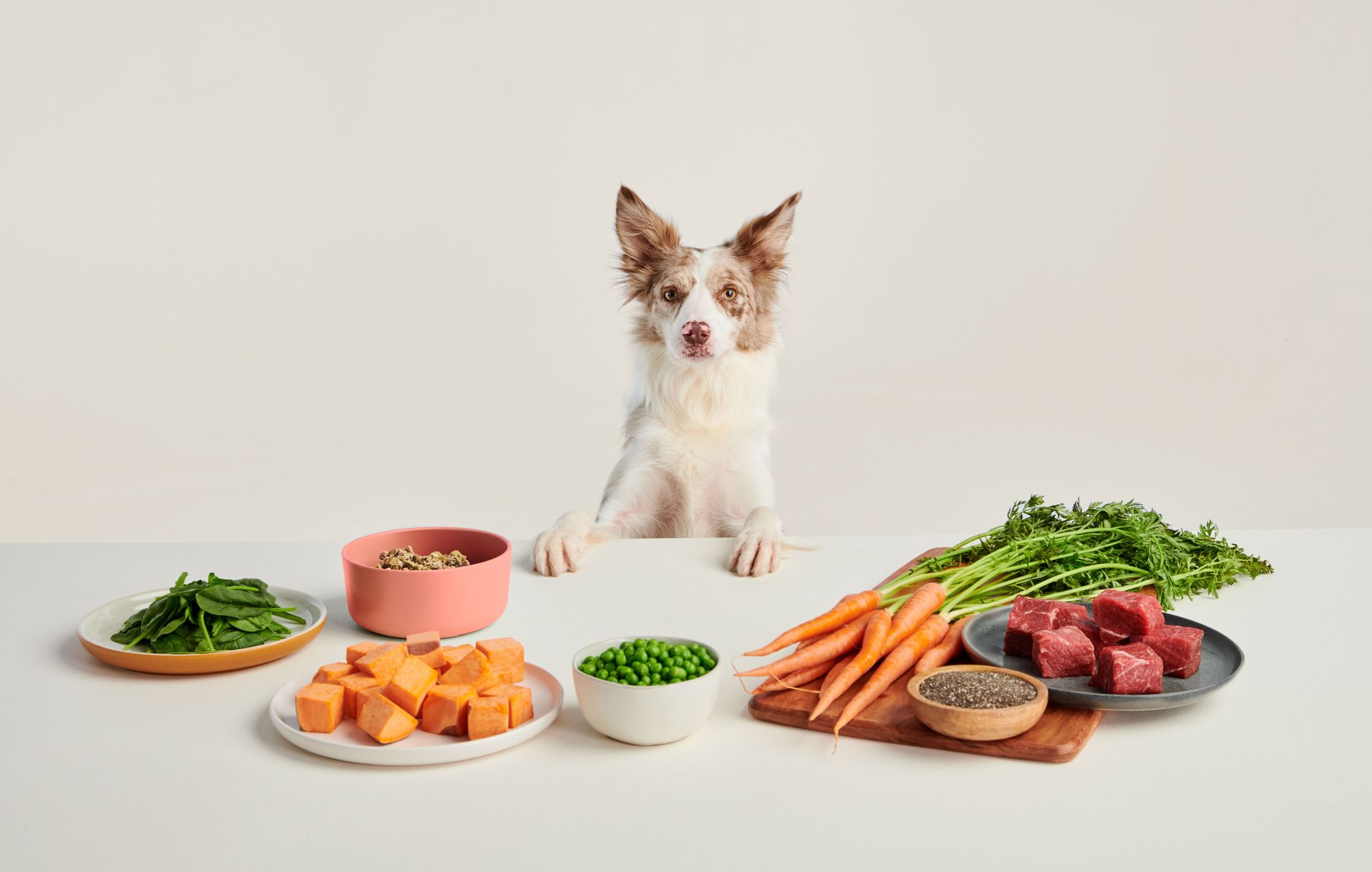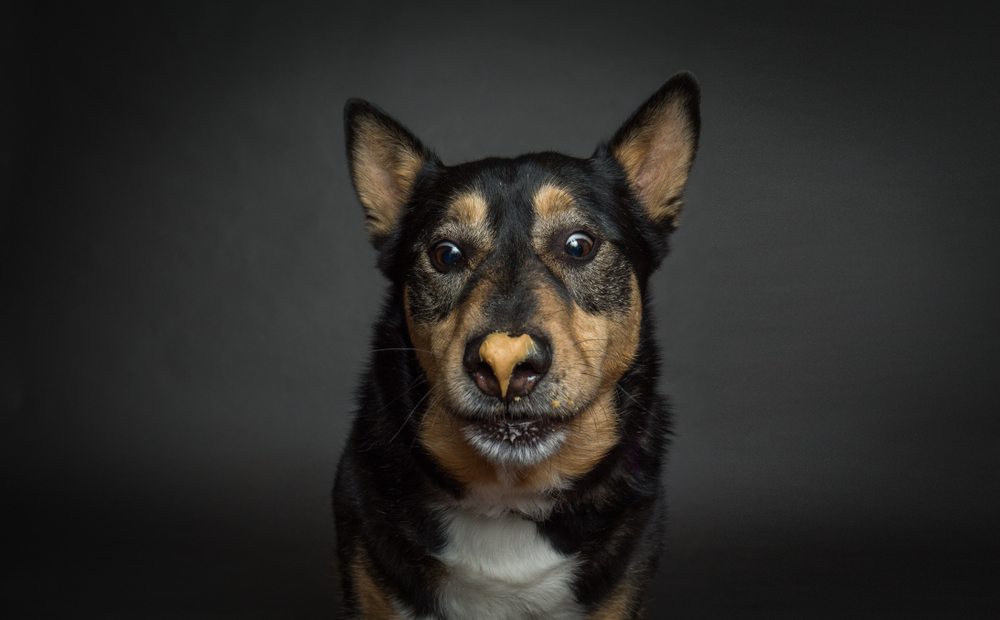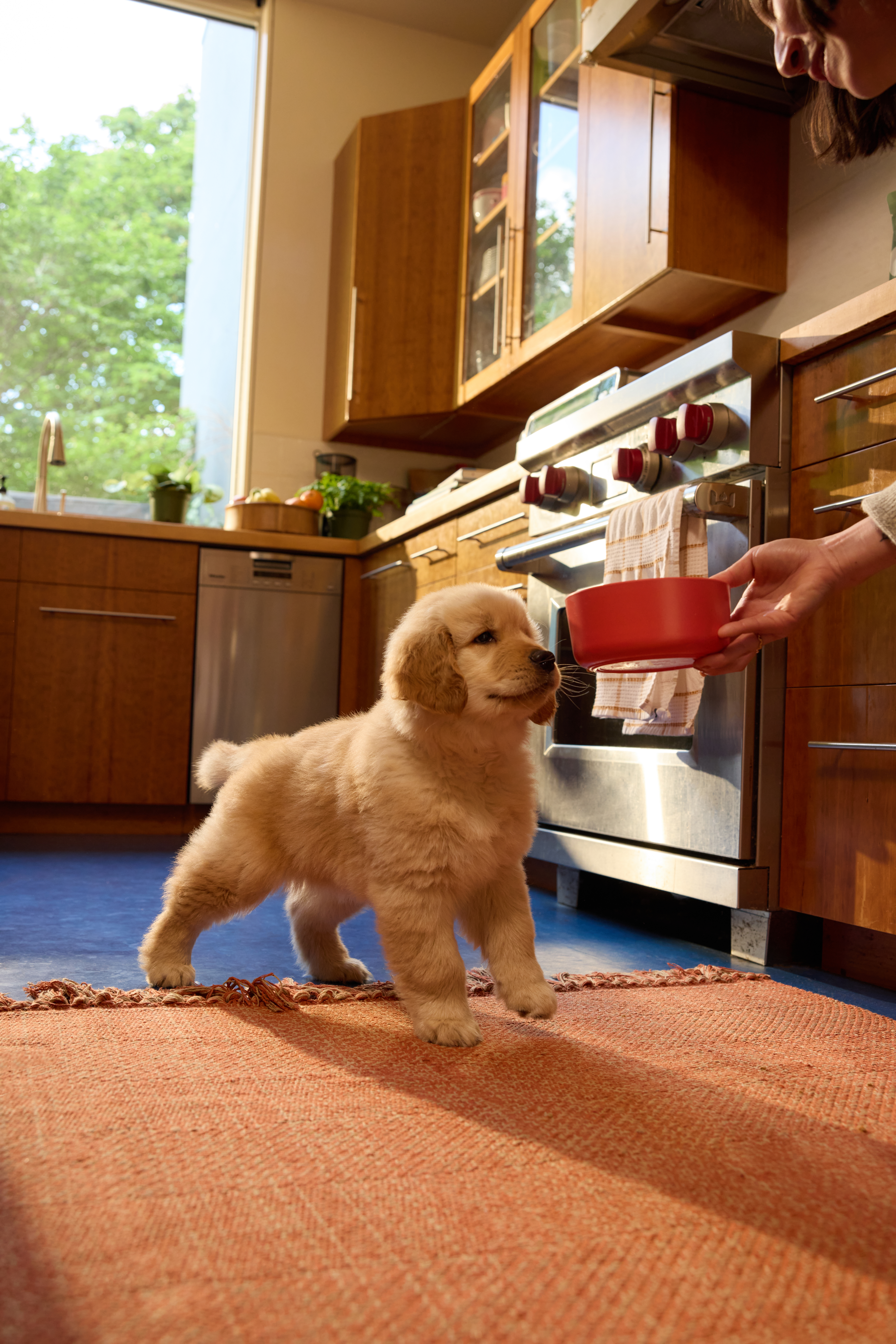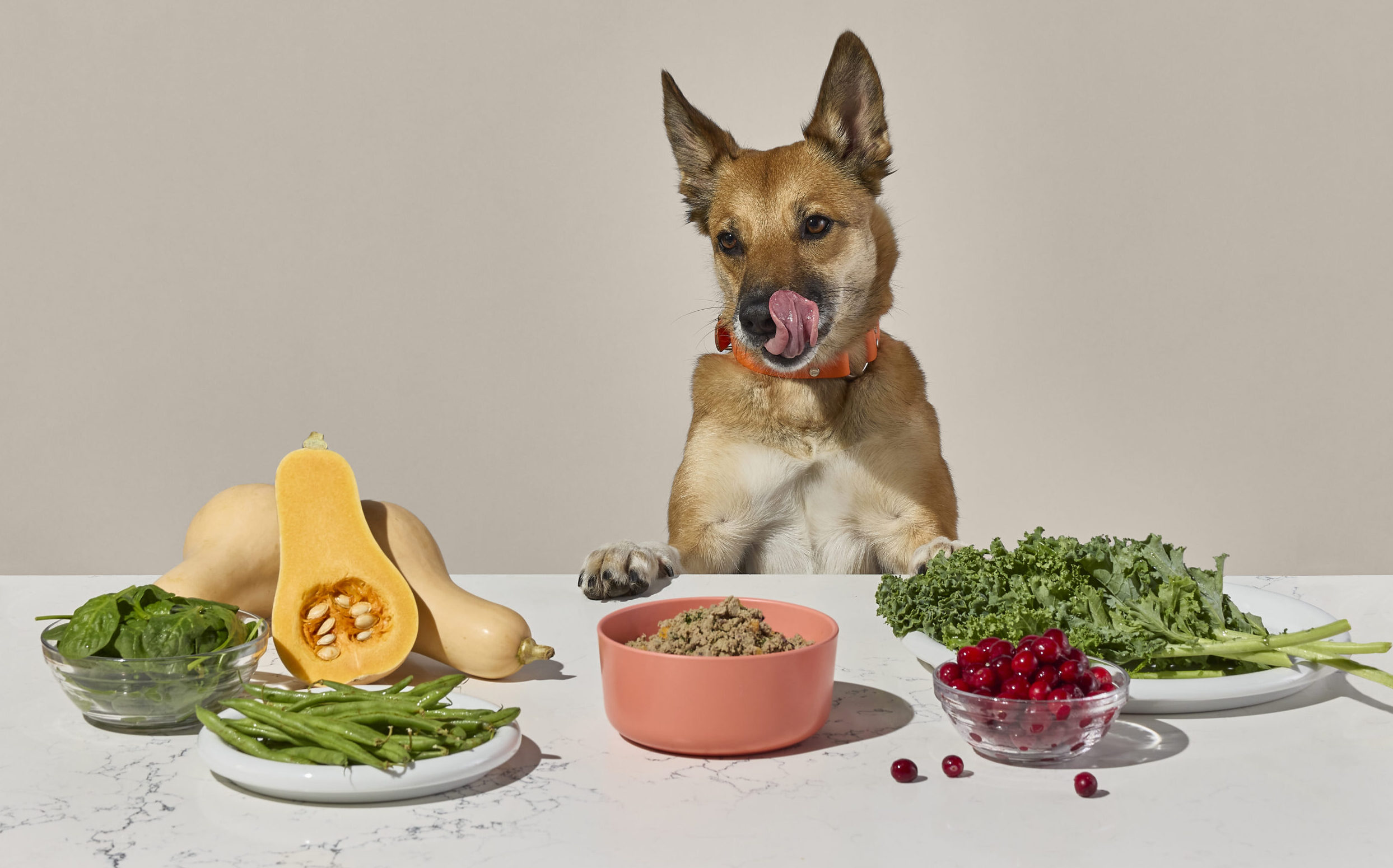Hey Ollie blog readers! We’re offering you an exclusive 60% OFF your starter box! Try now!
As the winter fades to spring, you might find that you and your dog are spending more time outside. Longer days might mean more (or longer) walks and a lot more activity for everyone in your household, including your pup. So what does this mean for your dog’s nutritional needs? Does your dog’s diet need a “spring cleaning?”
If your dog is mostly sedentary in the colder winter months, they may need less energy and calories to get through the day. Overfeeding a sedentary dog is an easy way to help them pack on some extra pounds. Most companion pups don’t need to put on extra weight, so you may have to adjust your dog’s diet in the winter to account for their lower activity levels.
Now that the weather is warmer and it feels like there are many more opportunities to get active, you may want to look at your dog’s diet again. Good nutrition can help your dog have more energy, recover from strenuous activity, and keep their skin, coat, joints, and bones healthy and functioning optimally. Think your pup’s diet needs a spring cleaning? We’ve got it covered in four easy steps.
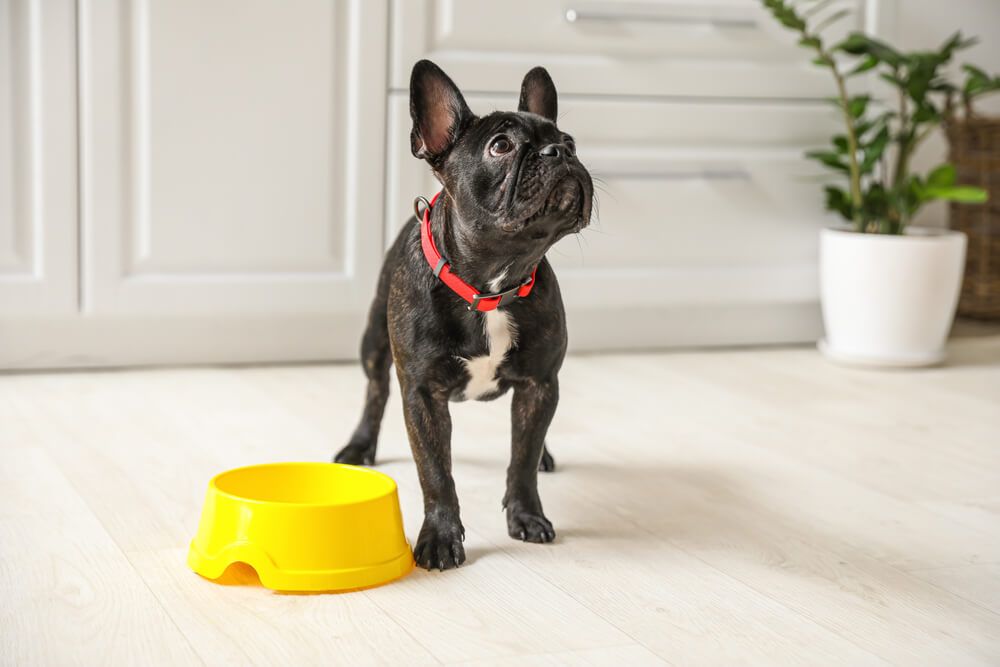
Four steps to spring cleaning your dog’s diet
1. Assess your dog’s appetite and activity levels
When deciding if your dog needs their diet changed (or portion sizes adjusted), the first thing you’ll want to do is assess your dog’s appetite and activity levels. If your dog is always hungry and ready to chow down at mealtimes, this may be more of a challenge. If your dog seems hungrier as the weather gets warmer and activity levels increase, you may want to consider making some adjustments to their diet.
Another thing to consider when looking at diet and how much you’re feeding is your dog’s overall health and life stage. Puppies, adult dogs, and seniors may have different nutritional needs. An older dog may have a slower metabolism but may also need supplements to help keep their joints working optimally. So if your dog’s life stage is evolving, this is another reason to consider dietary changes.
2. Check your food and treats
While you’re assessing your dog’s diet, this is a good time to take a good look at their food and treats. Spring clean your treat stash and throw away anything that is old, expired or your dog didn’t like. You may also want to look at the ingredients of the food and treats your dog is eating. Is there a good mix of wholesome protein, fat, and carbohydrates? Does your dog’s food contain fillers that add calories but no nutritional value? As you’re re-assessing your dog’s needs just makes sense to consider what you’re feeding.
3. Chat with your vet
If you’ve decided you want to make a change to your dog’s diet (other than throwing out those expired treats), chat with your vet first. They can provide feedback and help adjust your dog’s diet to best support their nutritional needs and health goals.
Whether you’re looking to help your dog shed some winter weight or ensure they are getting enough energy for hiking, swimming, or other athletic pursuits, consider your vet a part of the plan.
Your vet can also help you wade through the marketing buzzwords and weed out any unnecessary ingredients or pricy supplements that won’t really help your pup (but will hit you in the wallet pretty hard).
4. Adjust your pup’s diet (gradually)
Once you have your plan in place, you don’t want to change your dog’s diet too drastically overnight. Your vet can help you plan a slow transition to avoid upsetting your dog’s stomach.
If you need help cleaning fillers and less nutritious ingredients out of your dog’s diet, we at Ollie are always here to help! We’ve created delicious and nutritious recipes along with our veterinary nutritionist to help fuel your pup’s best adventures.
Our food is loaded with human-grade proteins, fruits, vegetables, and healthy fats that give your pup everything they need (and nothing they don’t). When you sign up, we’ll customize the perfect meal plan for your dog – no matter the season! And if you need to make some adjustments along the way? We can help with that too!
The Ollie blog is devoted to helping pet parents lead healthier lives with their pups. If you want to learn more about our fresh, human-grade food, check out Ollie.com.
Tagged As:

The nutrition your dog needs,
the food they want.

Enjoying our articles? Subscribe our Newsletters and get new articles directly to your inbox
You might also like
21 July 2025
6 MINS READ
Can Dogs Eat Nuts? Which Nuts Are Safe & Serving Guide
Can dogs have nuts? Some nuts are fine in moderation, but others can cause serious harm. This quick guide breaks down which nuts are safe for dogs, which to skip, and how to feed nut butters respon…
18 July 2025
4 MINS READ
New Puppy Diet Recommendations for Healthy, Happy Growth
As a new pup parent, one of the biggest ways you can support your puppy’s long-term health is by providing the right nutrition. A puppy’s dietary needs are different from an adult dog’s, and…
by Ollie Pets
18 July 2025
5 MINS READ
How Human-Grade Dog Food Benefits Your Pup’s Health and Happiness
You’ve likely heard the term “human-grade” dog food, but what does it really mean, and is it worth it? Choosing human-grade food can be a significant investment for your dog’s long-term he…
by Ollie Pets
